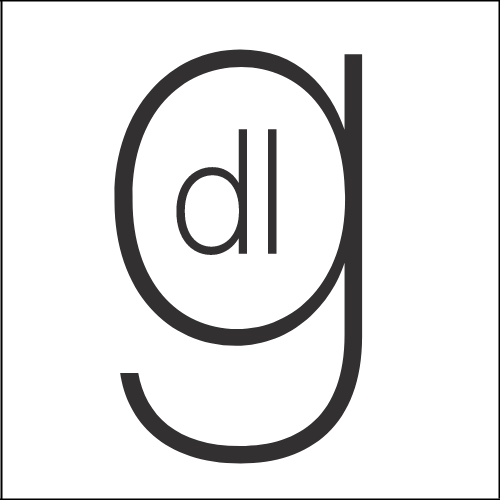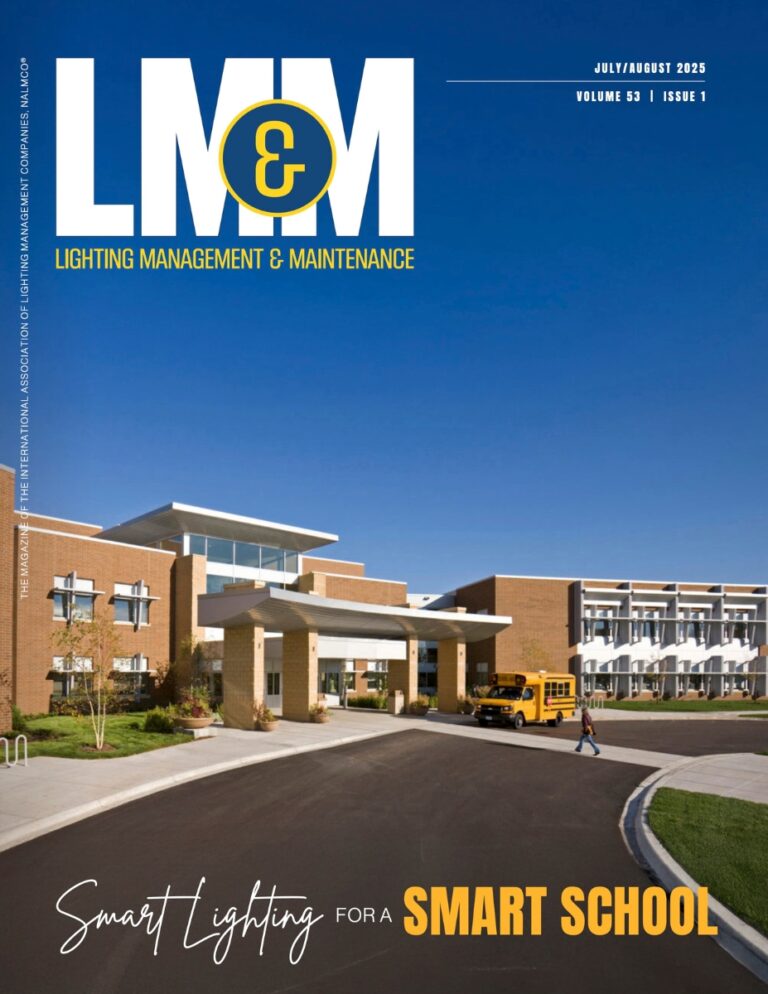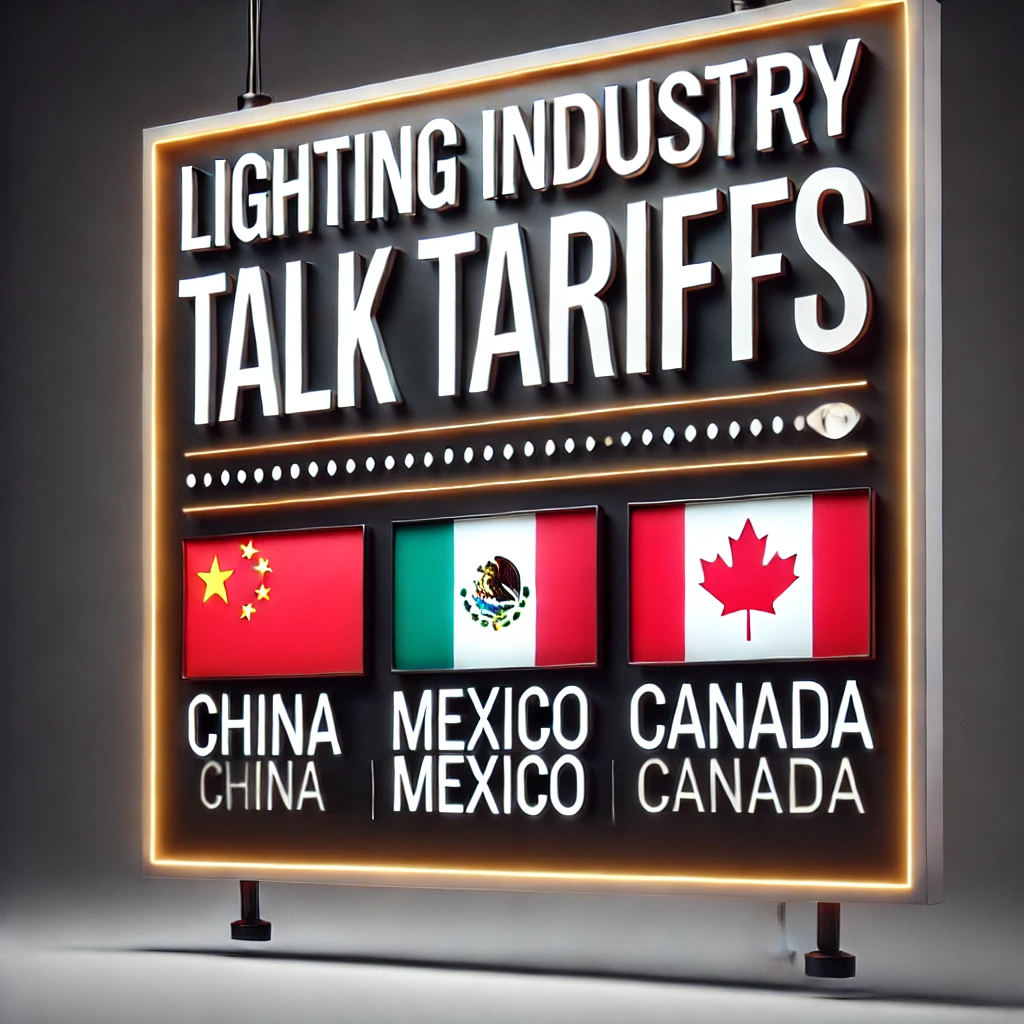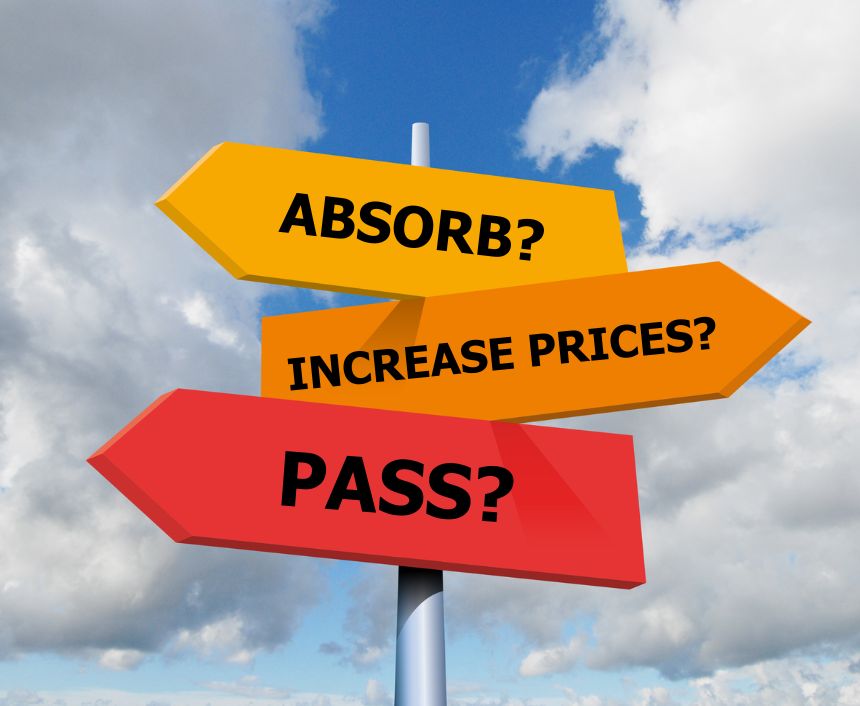It’s Tariff Tuesday and the Lighting Industry Faces New Tariff Challenges
Last month, I initially dismissed reports of a 10% tariff on Chinese imports as old news. However, this is a second 10% tariff, doubling the total tariff to 20%. Additionally, President Trump’s 25% tariffs on Mexico and Canada have gone into effect as of midnight.
President Trump confirmed the decision on X (formerly Twitter): “The proposed TARIFFS scheduled to go into effect on MARCH FOURTH will, indeed, go into effect, as scheduled… China will likewise be charged an additional 10% Tariff on that date.”
The Executive Order signed on 3 MAR states:
Sec. 2. Amendment. In recognition of the fact that the PRC has not taken adequate steps to alleviate the illicit drug crisis, section 2(a) of Executive Order 14195 is hereby amended by striking the words “10 percent” and inserting in lieu thereof the words “20 percent”.
Industry Reaction: Absorb or Adjust? Let us know your plans
Some lighting manufacturers planned to absorb the initial 10% tariff, but the sudden increase to 20%, coupled with potential tariffs on Mexico and Canada, will force a reassessment.
The industry has faced this before. During the 2018–2019 U.S.–China trade war, companies reacted in different ways:
- JESCO Lighting maintained prices, even at 25% tariffs.
- DMF Lighting assured customers no tariff-related price hikes.
- WE-EF Lighting USA relied on U.S. and German production to avoid raising prices.
- RAB Lighting raised prices 8%–14%, citing tariffs as the reason.
- LEDVANCE and Eaton (now Cooper Lighting Solutions) also adjusted pricing due to rising costs.
The industry’s efforts since 2018 to diversify supply chains may cushion the blow regarding the China tariffs. The National Electrical Manufacturers Association (NEMA) reports that the U.S. electroindustry (which includes lighting) reduced its reliance on Chinese imports from 28% of supply to about 18% between 2018 and 2024. However, trade within North America (USMCA partners) grew over 30% in the same period.
Trump’s 2025 Tariff Strategy
Trump linked the move to efforts to combat fentanyl trafficking, stating tariffs would pressure other countries to act. His aggressive stance has raised concerns about inflation and supply chain disruptions across industries. Canada’s position is that 1% of the fentanyl in the US is attributed to the Canadian border. Canada unveiled a CAD$1.3 billion “border reinforcement” plan to help stop fentanyl and appointed a new “fentanyl czar” to coordinate efforts. Mexico has placed 10,000 troops on the border and recently transferred 29 cartel members to the U.S.
Your humble editor finds it intriguing that the tariffs on Canada and Mexico are driven more by concerns over illegal immigration and drug trafficking than by retaliatory trade measures. Given the recent stock market volatility—yesterday, the Dow fell 650 points, and the Nasdaq dropped 497—I remain convinced these tariffs will be short-lived. A few strategic moves from China and Mexico could prompt President Trump to lift or reduce them quickly.
How Are Lighting Manufacturers Responding?
EdisonReport reached out to manufacturers in early February to determine if they would absorb costs or raise prices. So far, responses suggest a mixed approach:
- Signify China now accounts for “less than 20%” of its U.S. imports, a reduction since the last tariffs. Signify adapted previously “without impacting margins” and remains confident in its ability to adjust.
- Acuity Brands: Stressed operational flexibility and a proactive strategy in navigating the tariffs.
- LMPG Inc.: Chairman François-Xavier Souvay confirmed no price increases across its brands, citing minimal exposure to China due to U.S. manufacturing investments.
LMPG’s approach mirrors JESCO and DMF’s 2018 stance, but it remains to be seen whether others will follow.
Some industry leaders believe the tariff increase will be temporary. Marie Paris, CEO of Targetti North America, expects negotiations will ease the burden, while Avraham Mor of Morlights warns that clients cannot absorb a 25% cost increase. He noted that many LED components and drivers originate from tariff-affected markets, meaning costs could rise significantly.
Pricing Outlook: A Waiting Game
Will manufacturers increase prices? The current strategy is: ✔ Hold off on immediate price hikes. ✔ Absorb costs where possible. ✔ Monitor competitors before making adjustments.
The lighting industry’s response to Trump’s second 10% China tariff and the 25% Mexico and Canada tariffs is evolving. Lessons from past tariffs suggest resilience but also potential disruption if tariffs remain or escalate.
Please send your tariff/pricing plans directly to me at [email protected]
Go Deeper: Tariffs and the Lighting Industry (Let us Know Your Plans)






